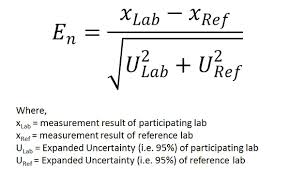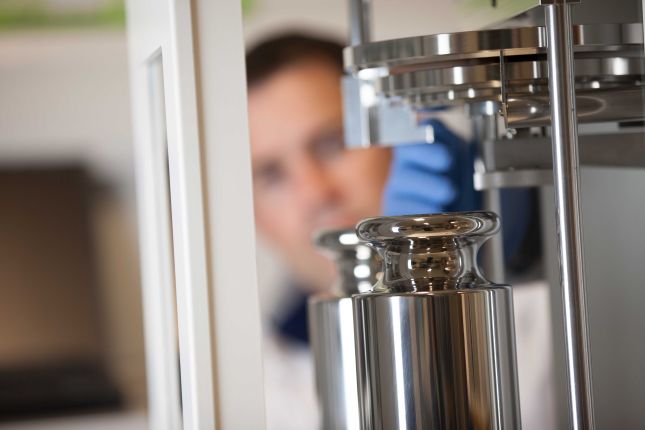- National Metrology Laboratory >
- What is the Metrology Laboratory? >
- We Offer a Proficiency Test to Demonstrate Other Laboratories' Measurement Capabilities
Introduction
Participation in a proficiency test (PT) is an ideal way of objectively demonstrating the technical competence of a laboratory. Achieving an acceptable result in such a comparison exercise provides concrete evidence of a laboratory’s claimed measurement capability. For laboratories working to ISO 17025, taking part in a proficiency test is a fundamental requirement of the standard.
At the NSAI NML we can provide:
- Tailored proficiency tests to meet individual needs
- A large range of artefacts covering most areas of metrology
- An objective assessment of laboratory calibration capabilities
- A proficiency test that meets INAB accreditation requirements
How Does a Proficiency Test (PT) Work?
In a typical PT, an artefact is firstly calibrated by the NSAI NML and then sent to the participating laboratory.
The calibrated value of the artefact is not known to the participant who in turn carries out a calibration using their own standards and procedures. The participating laboratory submits a report of the calibration using their normal format.
The normalised error of the participant’s results are used as a basis for judging the acceptability of the results.
The normalised error (En) is defined as:

A result is considered to be acceptable when the absolute value of the value is less than unity. Factors which may contribute to a high value include incorrect method, inaccurate measurement standards, incompetency, underestimation of uncertainty and mistake. The ratio is therefore an extremely valuable indicator highlighting an error in the measurement system that requires immediate action, thus strengthening your measurement system and improving the quality of your measurements.
